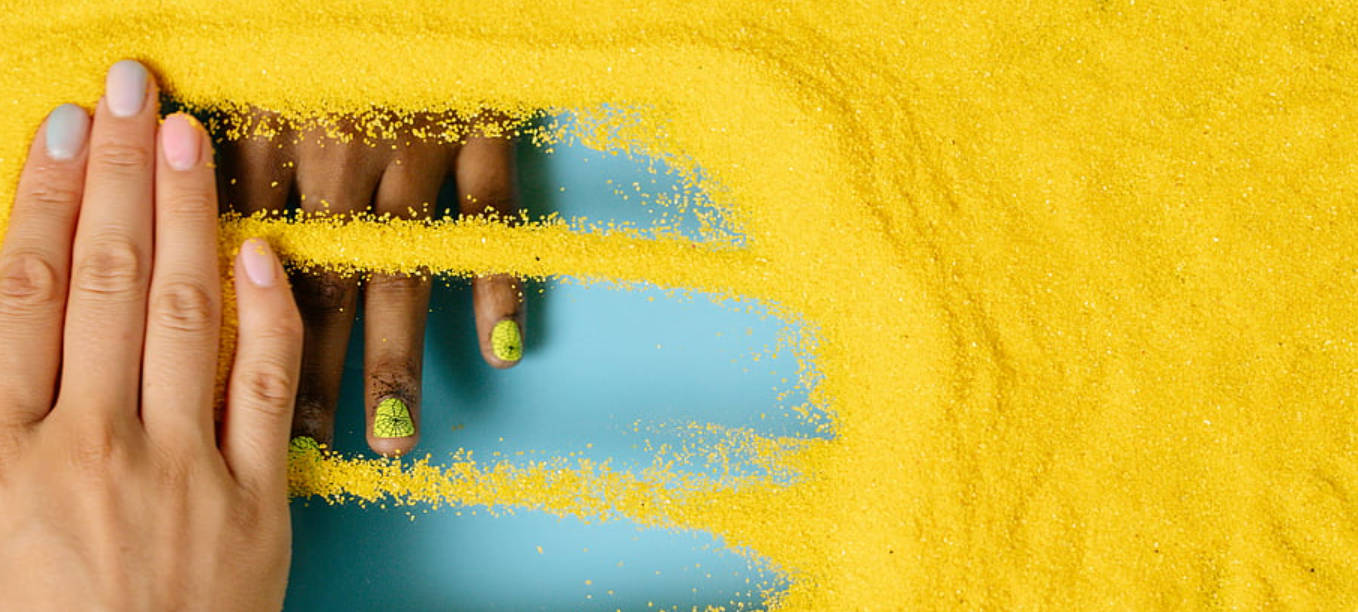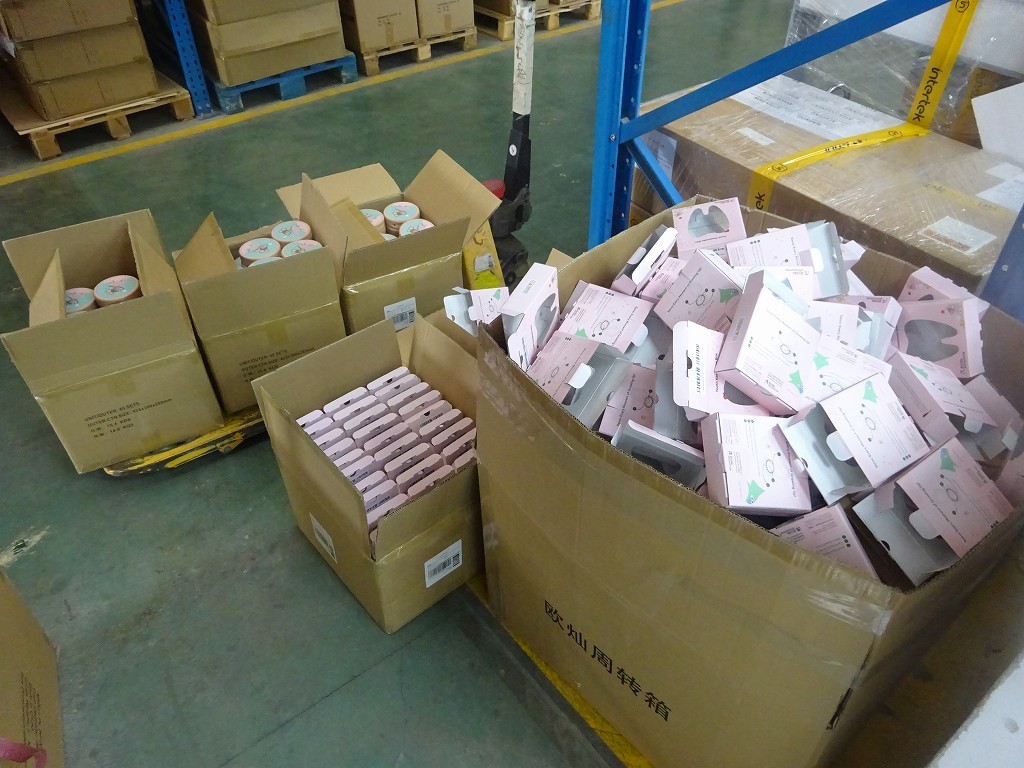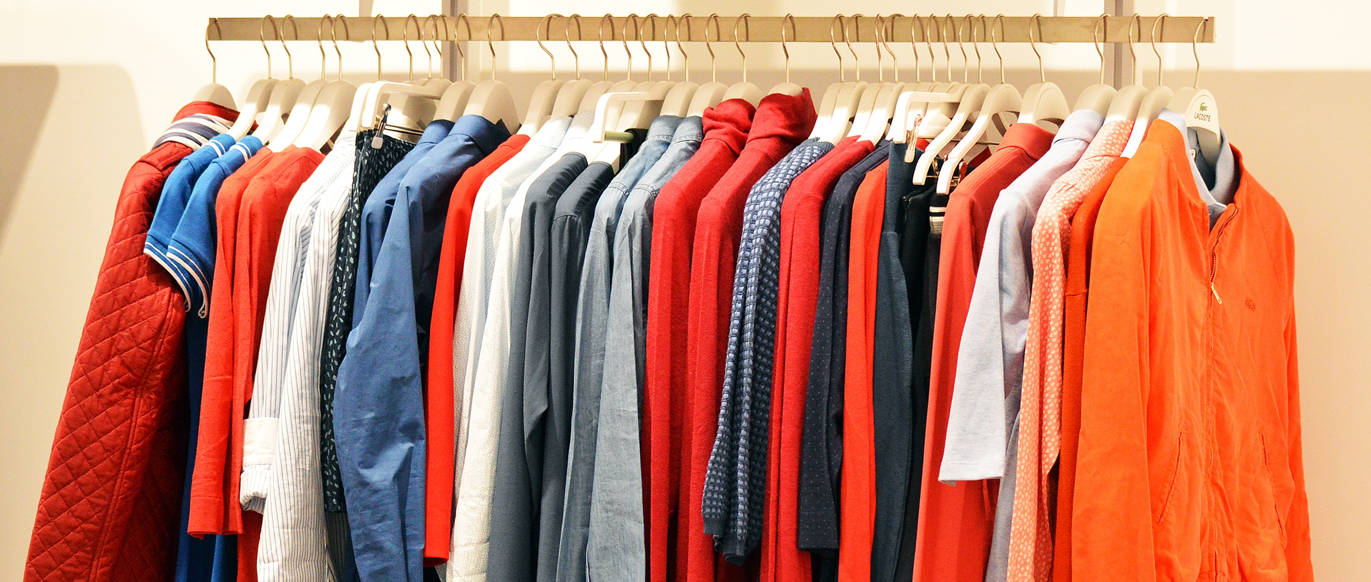In an era where active lifestyles are on the rise, sportswear made from quick-dry fabrics has become increasingly popular. The demand for comfortable and moisture-wicking sportswear has driven manufacturers to focus on the quality of these garments. NBNQC, a leading provider of apparel quality control services in China, is dedicated to ensuring that sportswear made from quick-dry fabrics meets international quality standards. In this article, we will explore the classification of quick-dry fabrics, quality requirements, and the inspection process for sportswear made from these materials.
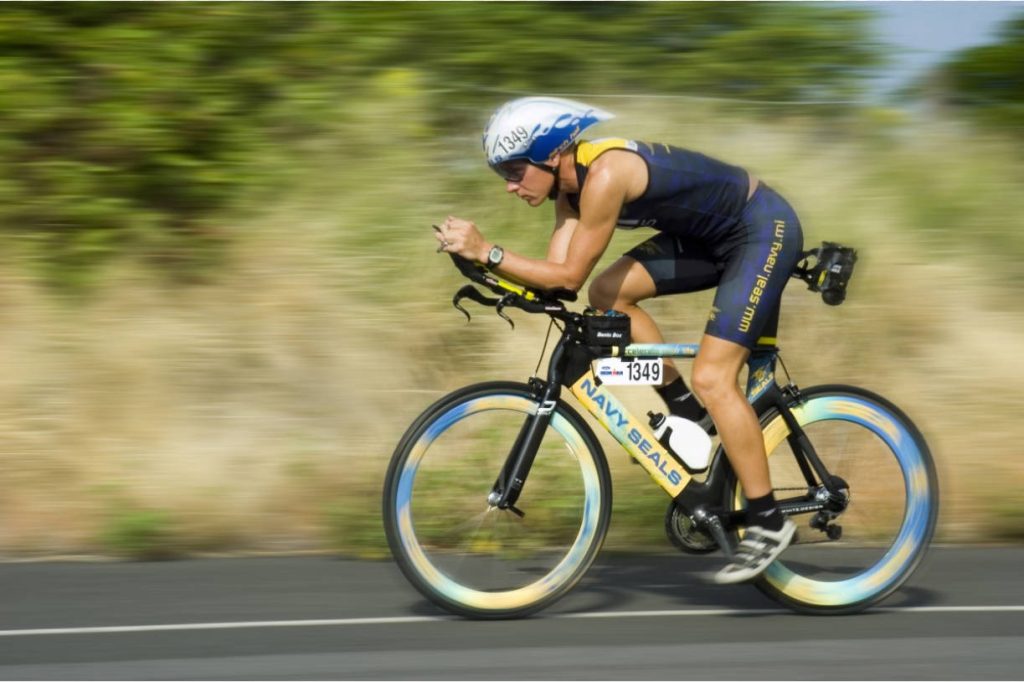
Contents
Classification of Quick-Dry Fabrics
Quick-dry fabrics are textiles engineered to wick moisture away from the body, facilitating rapid evaporation. They are commonly used in sportswear due to their ability to keep athletes dry and comfortable during physical activities. These fabrics can be classified into three main categories:
1.Synthetic Fabrics: Synthetic quick-dry fabrics, such as polyester and nylon, are known for their excellent moisture-wicking properties. They are lightweight, breathable, and quick to dry, making them ideal for sportswear.
2.Natural Fabrics: Some natural fibers, like merino wool, bamboo, and Tencel, have been modified to enhance their moisture-wicking capabilities. These fabrics are often blended with synthetic fibers to create a balance between comfort and performance.
3.Blends: Quick-dry fabrics are often a blend of different fibers, combining the best properties of both synthetic and natural materials. These blends aim to provide durability, moisture-wicking, and comfort.
Quality Requirements for Sportswear Made from Quick-Dry Fabrics
To ensure that sportswear made from quick-dry fabrics meets the desired quality standards, several key criteria must be considered:
1.Moisture-Wicking Efficiency: The primary purpose of quick-dry fabric is to wick moisture away from the skin. The fabric should effectively transport sweat to the outer surface, where it can evaporate quickly. This property is crucial for the wearer’s comfort during physical activities.
2.Durability: Sportswear is subjected to rigorous wear and washing. Quick-dry fabrics should maintain their moisture-wicking properties and structural integrity after multiple washes and extensive use.
3.Breathability: Breathability is essential to prevent overheating during exercise. The fabric should allow air circulation to maintain a comfortable body temperature.
4.Odor Control: Sportswear should have odor-control properties to manage perspiration-induced odors. Fabrics with antimicrobial treatments are often preferred.
5.UV Protection: Some sportswear is designed for outdoor activities. UV protection is vital to shield the skin from harmful sun rays.
6.Colorfastness: The color of the sportswear should not fade easily when exposed to sunlight, sweat, or washing.
7.Seam Strength: Strong seams are essential to withstand the stresses of physical activity. Weak seams can lead to garment failure and discomfort.
8.Fit and Comfort: The fit of the sportswear should be comfortable, allowing a full range of motion without chafing or constriction.
9.Labeling and Compliance: Garments should comply with labeling requirements, including size, care instructions, and composition. Compliance with international standards and regulations is crucial for export.
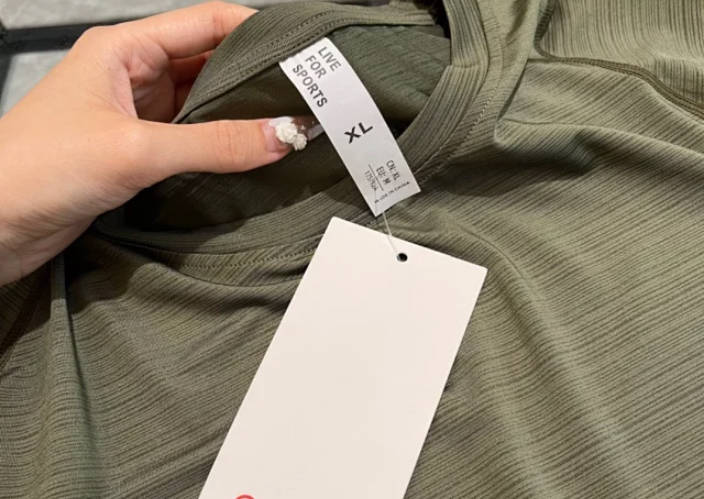
Inspection Process for Sportswear Made from Quick-Dry Fabrics
NBNQC employs a comprehensive inspection process to ensure that sportswear made from quick-dry fabrics meets the specified quality standards. This process involves several stages:
1.Fabric Inspection: The first step is to inspect the quality of the quick-dry fabric itself. This includes assessing its moisture-wicking properties, durability, and other quality criteria.
2.Cutting and Sewing Inspection: The cutting and sewing process is critical for the overall quality of the garment. Inspectors check the precision of cuts, alignment of pattern pieces, and the strength of seams.
3.Fit and Comfort Evaluation: Mannequins or live models are used to evaluate the fit and comfort of the sportswear. This step ensures that the garment allows for ease of movement and provides the expected comfort to the wearer.
4.Performance Testing: Performance testing involves subjecting the sportswear to conditions similar to those experienced during physical activities. This includes sweat tests to evaluate moisture-wicking efficiency and abrasion tests to assess durability.
5.Odor Control Assessment: Odor control is evaluated through sensory tests and odor measurement devices to ensure that the garment effectively manages perspiration-induced odors.
6.UV Protection Testing: When sportswear includes UV protection features, UV testing is conducted to verify the garment’s effectiveness in shielding against harmful sun rays.
7.Colorfastness Testing: Colorfastness tests are performed to determine whether the garment’s color remains stable after exposure to various conditions, including sunlight and washing.
8.Labeling and Compliance Verification: Inspectors verify that the sportswear complies with labeling requirements, including size, care instructions, and composition. Compliance with international standards and regulations is also checked.
Conclusion
Sportswear made from quick-dry fabrics has become a staple for athletes and fitness enthusiasts worldwide. Ensuring the quality of these garments is crucial to meeting customer expectations and building a strong brand reputation. NBNQC’s dedication to providing quality control services in China helps manufacturers maintain the high standards necessary for success in the global sportswear market. By adhering to rigorous quality requirements and a comprehensive inspection process, manufacturers can produce sportswear that excels in moisture-wicking efficiency, durability, comfort, and performance, ultimately meeting the demands of active individuals around the world.



